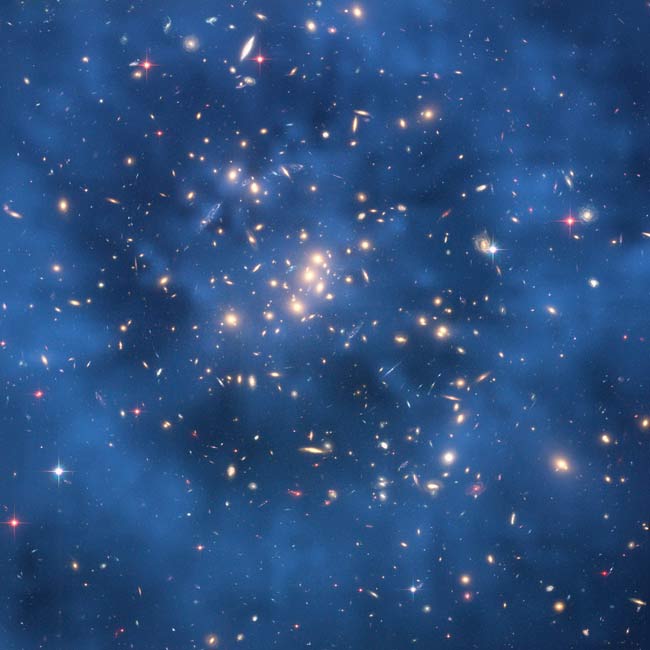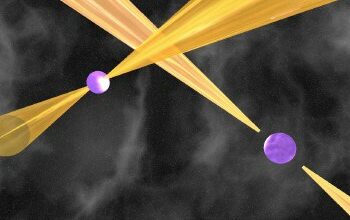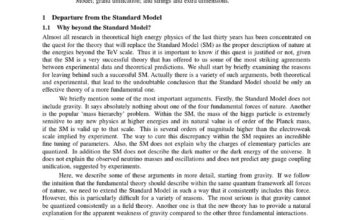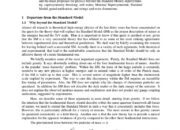The exploration of the cosmos has long fueled humanity’s insatiable curiosity. Among the myriad wonders scattered across the vast tapestry of the universe, dark matter remains one of the most enigmatic. Initially proposed to account for observational discrepancies in galactic dynamics, dark matter eludes direct detection. Recent groundbreaking discoveries, such as the ghostly ring captured by the Hubble Space Telescope, present a critical advancement in our understanding of this elusive entity. This remarkable structure, suggestive of a vast and intricate web of dark matter, promises to redefine our scientific paradigms and ignite further inquiry into the nature of the universe.
At the heart of modern astrophysics lies the concept of dark matter, a non-luminous and mysterious form of matter that constitutes approximately 27% of the universe’s total mass-energy content. Despite its apparent ubiquity, dark matter cannot be observed through traditional electromagnetic methods. Instead, it is inferred from gravitational effects on visible matter, radiation, and the large-scale structure of the universe. The existence of dark matter is posited to reconcile discrepancies between the predicted and observed velocities of stars within galaxies, as well as the gravitational lensing of light from distant objects.
The recent identification of a gigantic ghostly ring of dark matter, as observed through the Hubble Space Telescope, elucidates not just the presence of dark matter but also the complex interplay between gravitational forces across cosmic distances. This discovery displays an intricate morphology, leading to speculations regarding its formation and the underlying principles governing dark matter’s behavior.
The formation of such a ring structure is hypothesized to be a result of hierarchical structure formation, a process by which cosmic structures evolve and merge over time. Dark matter is theorized to clump under the influence of its own gravity, aggregating into larger structures with time. This ghostly ring may represent the remnants of a past merger, showcasing the dynamic nature of dark matter clustering. The intersections of these colossal structures may manifest as rings, pivotal in understanding cosmic evolution. The research into such formations not only provides empirical evidence for dark matter but opens up discourse on the potential mechanisms driving these phenomena.
The implications of the ghostly ring extend beyond mere existence. They invoke questions regarding the nature of dark matter itself. Can this observation provide insights into the fundamental properties of dark matter particles? Are they akin to weakly interacting massive particles (WIMPs), or do they suggest alternative candidates such as axions or sterile neutrinos? Understanding these dynamics may reshape our notions of elemental particles and lead to a more comprehensive framework within particle physics.
Moreover, this discovery invites additional scrutiny of gravitational lensing techniques employed in cosmological studies. The gravitational bending of light from distant galaxies provides a potent method for mapping dark matter distributions. The ghostly ring offers an unprecedented case study for lensing configurations, allowing researchers to refine existing models of gravitational physics. Such analyses could enhance our understanding of spacetime distortions and yield new insights into the overarching framework of general relativity.
As we probe further into the implications of this ghostly structure, the paradigm shift becomes increasingly pronounced. The depiction of dark matter as a tangible, albeit invisible, actor in cosmic evolution challenges long-held assumptions within the astrophysical community. Historically regarded as a mere placeholder for unexplained astronomical observations, dark matter now emerges as a dynamic contributor to the cosmos’ grand narrative.
Furthermore, the implications extend beyond physical sciences, reverberating through epistemological considerations in astrophysics. The persistence of dark matter’s mystery highlights the limitations inherent in observational cosmology. It legitimizes the quest for unconventional methodologies that may yield fresh perspectives on long-standing enigmas. Enhanced detection technologies, such as those proposed for upcoming missions seeking to probe the cosmic microwave background radiation or the use of next-generation particle accelerators, could unravel these deep-seated mysteries.
In this context, collaborative efforts across disciplines become paramount. As theoretical physicists, astrophysicists, and experimentalists converge, the fusion of disparate methodologies may catalyze breakthroughs hitherto imagined. The ghostly ring, thus, functions as a nexus, drawing researchers into a unified mission to decode the intricacies of dark matter and its foundational role in the fabric of the universe.
In conclusion, the discovery of the gigantic ghostly ring of dark matter captured by Hubble represents not merely an observation, but a transformative lens through which the universe may be scrutinized. It rekindles the flames of curiosity and prompts a reevaluation of existing paradigms surrounding dark matter. This phenomenon not only stands as a testament to human inquiry but also beckons the scientific community to reevaluate the very essence of matter and energy as we contemplate the universe’s profound mysteries. As we move forward, the reverberations of this discovery will undoubtedly shape the contours of astrophysics, sustaining a relentless pursuit of knowledge in a domain that continuously offers both enigma and awe.












